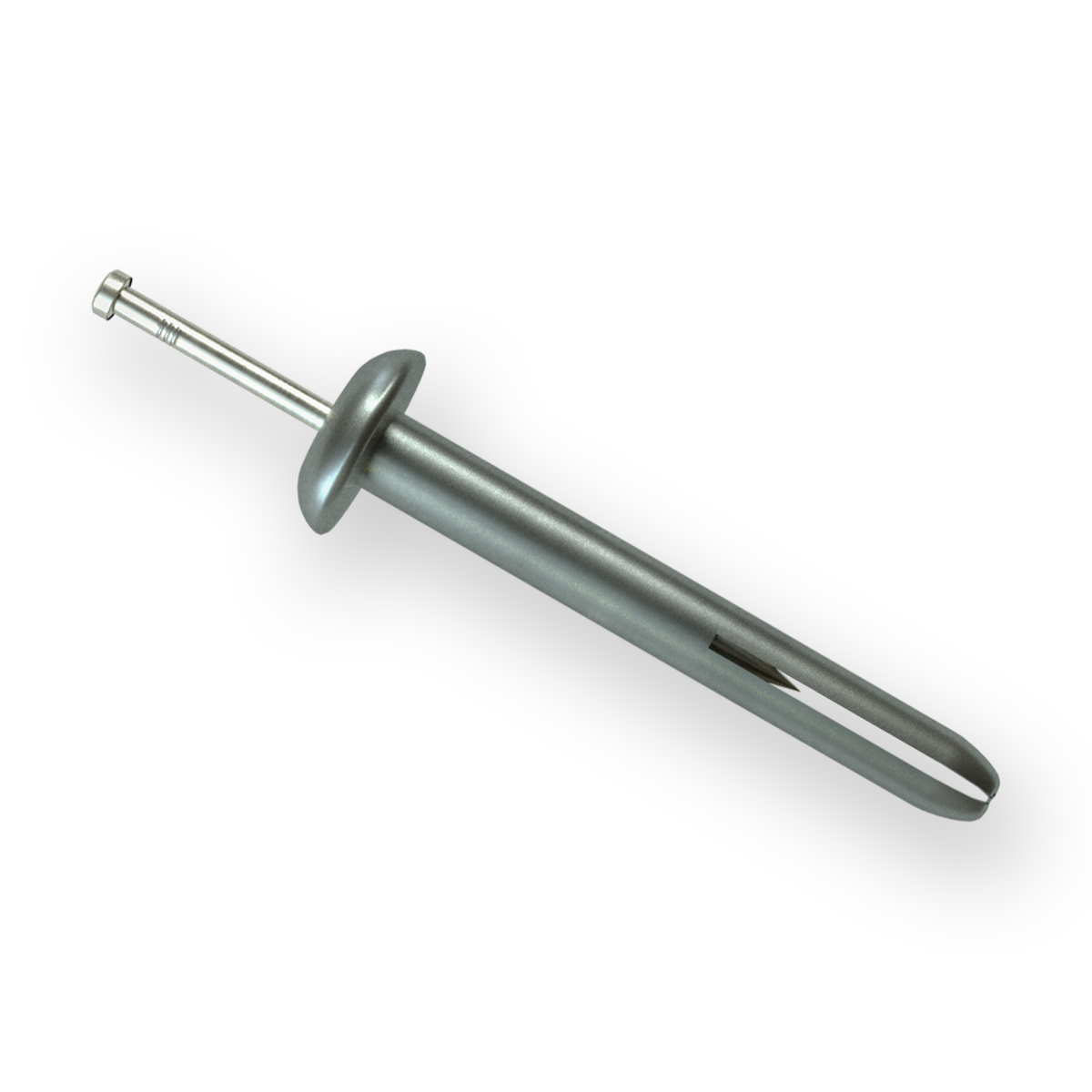

BitLocker stores its recovery key in the TPM (version 1.2 or higher).Ī personal identification number (PIN) that will be required to enter each time you start up your computer.

The TPM is a smartcard-like module on the motherboard that is installed in many newer computers by the computer manufacturer. Only someone with the right encryption key (such as a personal identification number) can decrypt it.īitLocker is used in conjunction with a hardware component called a Trusted Platform Module (TPM). Device encryption helps protect your data by encrypting it. Remove the USB flash drive and keep it in a safe place where you'll remember it. Note that you don't have to create a new disk when you change your password-even if you change it several times.BitLocker Drive Encryption is a native security feature that encrypts everything on the drive that Windows is installed on. Type your current password and select Next. In the Forgotten Password wizard, select Next. Choose your USB flash drive and select Next. In the search box on the taskbar, type create password reset disk, and then choose Create a password reset disk from the list of results. To do this, select the Start button > Settings > Sign-in options > Update your security questions. If you wait until you've forgotten your password, it'll be too late. If you’re using Windows 10, version 1803 you can add security questions to your local account in case you forget your password, so you don't need to create a password reset disk. Then, if you forget your password, you can reset it.

If you use a local account in Window 10, you should create a password reset disk using a USB flash drive as soon as possible. When you're finished, remove the USB flash drive and keep it in a safe place where you'll remember it. Note that you don't have to create a new disk when you change your password-even if you change it several times. Select Create a password reset disk, and follow the remaining instructions. In the Control Panel search box, type create password reset. In the search box on the taskbar, type Control Panel, and then choose it from the list of results. Plug a USB flash drive into your PC. Although creating a password reset disk won't reformat your USB flash drive, you should back up any data on it before you continue. This won't work with Microsoft (connected) accounts. Make sure you're signed in with your local account. To do this, select Start > Settings > Accounts > Sign-in options > Update your security questions. If you wait until you've forgotten your password, it'll be too late. We recommend you add security questions to your local account in case you forget your password, so you don't need to create a password reset disk. If you use a local account in Window 11, you should create a password reset disk using a USB flash drive as soon as possible.


 0 kommentar(er)
0 kommentar(er)
